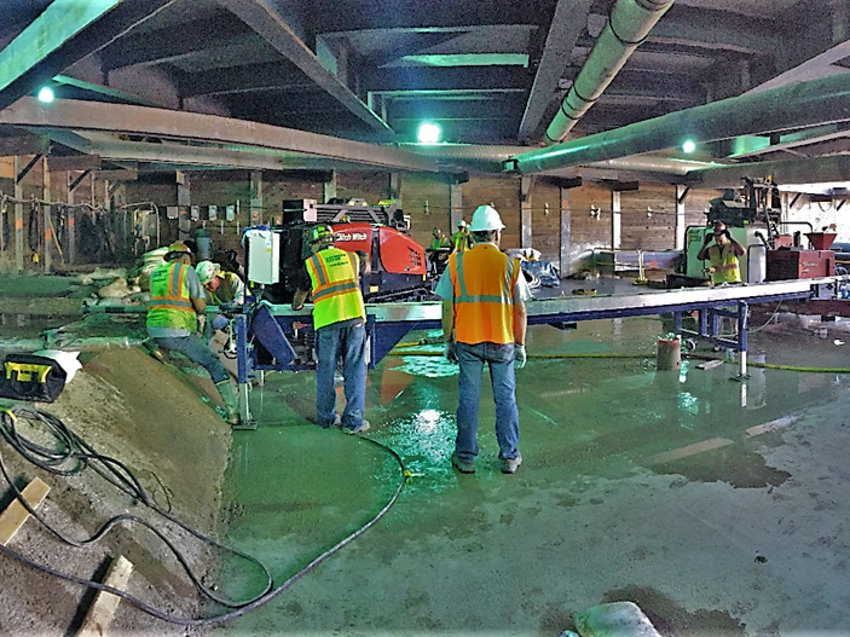Keller offered an alternate remote horizontal directional drilling (HDD) plan to the specified compensation grout pipe installation approach, reducing the number of boreholes and resulting in a time and cost-saving to the client.

The project
The LACMTA Regional Connector consists of twin, 21-ft-diameter subway tunnels. The alignment of the soft ground tunneling operation ran directly beneath a three-story parking structure and the historic Japanese Village Plaza, both vulnerable to tunneling-induced settlement. In other areas of the tunnel alignment, the presence of mixed face conditions required treatment prior to initiating tunnel excavation.
The challenge
The sleeve port pipes used for compensation grouting were installed to lengths of between 220 and 430 ft from the opposite side of a busy, four-lane street. Installation of sleeve port pipes to these lengths in a dense urban environment required special care to install the sleeve port pipes without damage to the surrounding structure.
The solution
Compensation grouting was planned to reinforce the soils between the tunnel crown and the structural footings. Hydrostatic leveling cells and Shape Accel Arrays (SAA) were used to monitor building movement in real-time. The ground improvement program proved highly successful and settlement was kept within the strict 0.25-in. criterion. At the location of the tunnel alignment transition to mixed face conditions, surface access enabled conventional permeation grouting techniques to be used.
